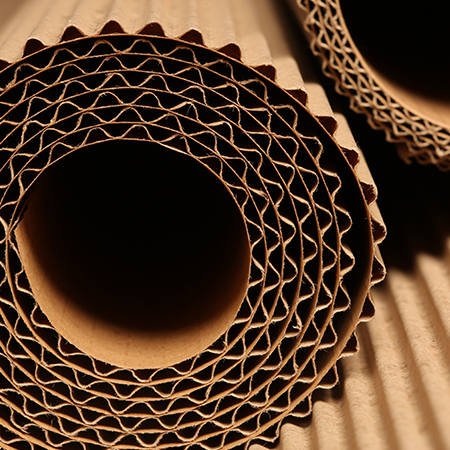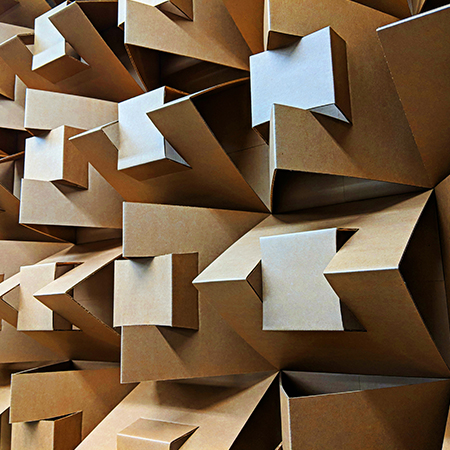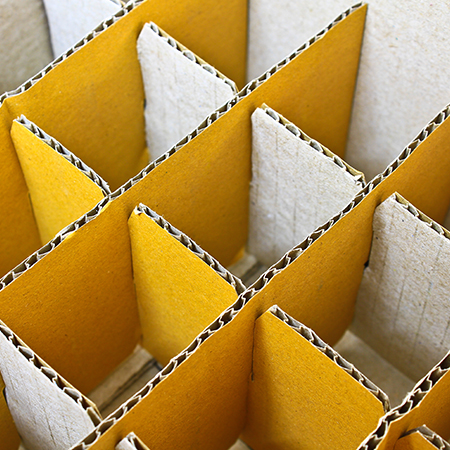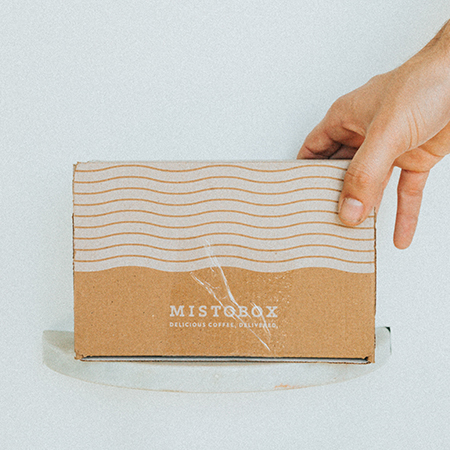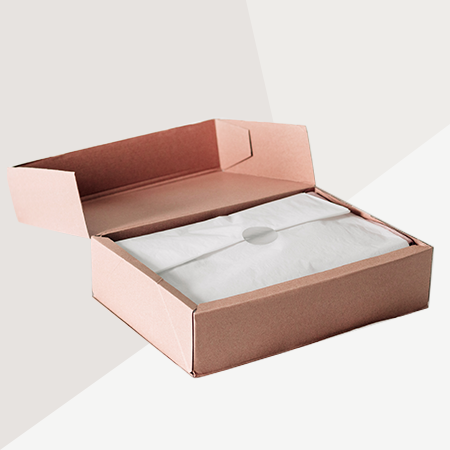Single, double and triple wall cardboard boxes are all built for use under various conditions and for different purposes. Triple wall is the strongest of the three options, so what makes the triple wall box so strong, and what are the triple walled boxes best used for?
The science of triple wall packaging
The strength of any corrugated box is within its material and its construction. Standard fiberboard corrugations have two components: the liner board and the medium. The liner board encloses the related mediums of arched material, all cemented with a heavy adhesive – the sandwich-like structure is where the strength of the corrugation lies. There are 5 types of standard box wall construction: these range from A-flute to F-flute.
A-flute is the thickest gauge of the corrugated card, followed by C and then B to F in alphabetical order. C flute corrugated cardboard is the most commonly found size because it is a happy medium between A and B flutes. It offers good strength, but without compromising ease of use or storage.
When making multi walled boxes, it is common for a combination of different flutes to be used because each category has different characteristics that can help to strengthen the box. A widely used combination of corrugated boxes is a corrugated BC flute, consisting of one corrugated B flute and one corrugated C flute, which is generally considered a strong box type and can accommodate very large items safely.
Double wall carton boxes are not always sufficient when dealing with heavy goods, even if they are still practical for most heavy goods. This is where the triple walled box comes in. Ideal for storing and transporting heavy or delicate goods, such as machine parts or large glassware. Triple walled boxes provide strength and security when necessary.
The triple flute layers of corrugated medium flutes and the quality linerboard allow the packaging to resist bending and pressure from all directions. And when positioned vertically on its ends, the box is capable of carrying a large amount of weight on its corrugated frame. The construction of these boxes is so efficient that they will end up with a durability comparable to that of wooden boxes. There is a double layer of corrugated flute for double wall boxes – providing a lot of strength and protection, but not as much as triple wall boxes. And for single wall carton boxes, there is a single layer of corrugated flute – providing a simple level of protection for lighter objects. Its protective properties make triple wall boxes ideal for heavy applications, large shipments and delicate objects.
The corrugated cardboard properties of triple wall
- The corrugated carton box specification makes it strong, making it ideal for heavy duty items such as metal parts, compressors, boilers, pumps, industrial tools and machinery.
- Although the box is light, it can hold a heavy weight, it is suitable for logistic transport where the product is paid by weight.
- It brings an incentive to business: reducing transport costs whilst ensuring quality is enticing property for any logical budget.
- Compared to its timber counterparts, the corrugated cardboard properties of the triple wall design will absorb any potentially damaging collisions, abrasions and changes in temperature, while the timber is prone to splinter and conduct energy to its contents, reducing health and safety concerns.
- Due to its heavy duty nature, you have the possibility of re-use, which could reduce the overall packaging expenditure and reduce the carbon footprint.
- 100% recyclable and fully reusable.
The corrugated cardboard properties of triple wall boxes allow it to be used for the most precious or heavier cargo, built for jobs that other boxes may not be capable of handling. Their high price tag means that many suppliers do not offer a triple flute box, and the storage space needed to house the boxes means that some distributors are unable to keep them in stock.
